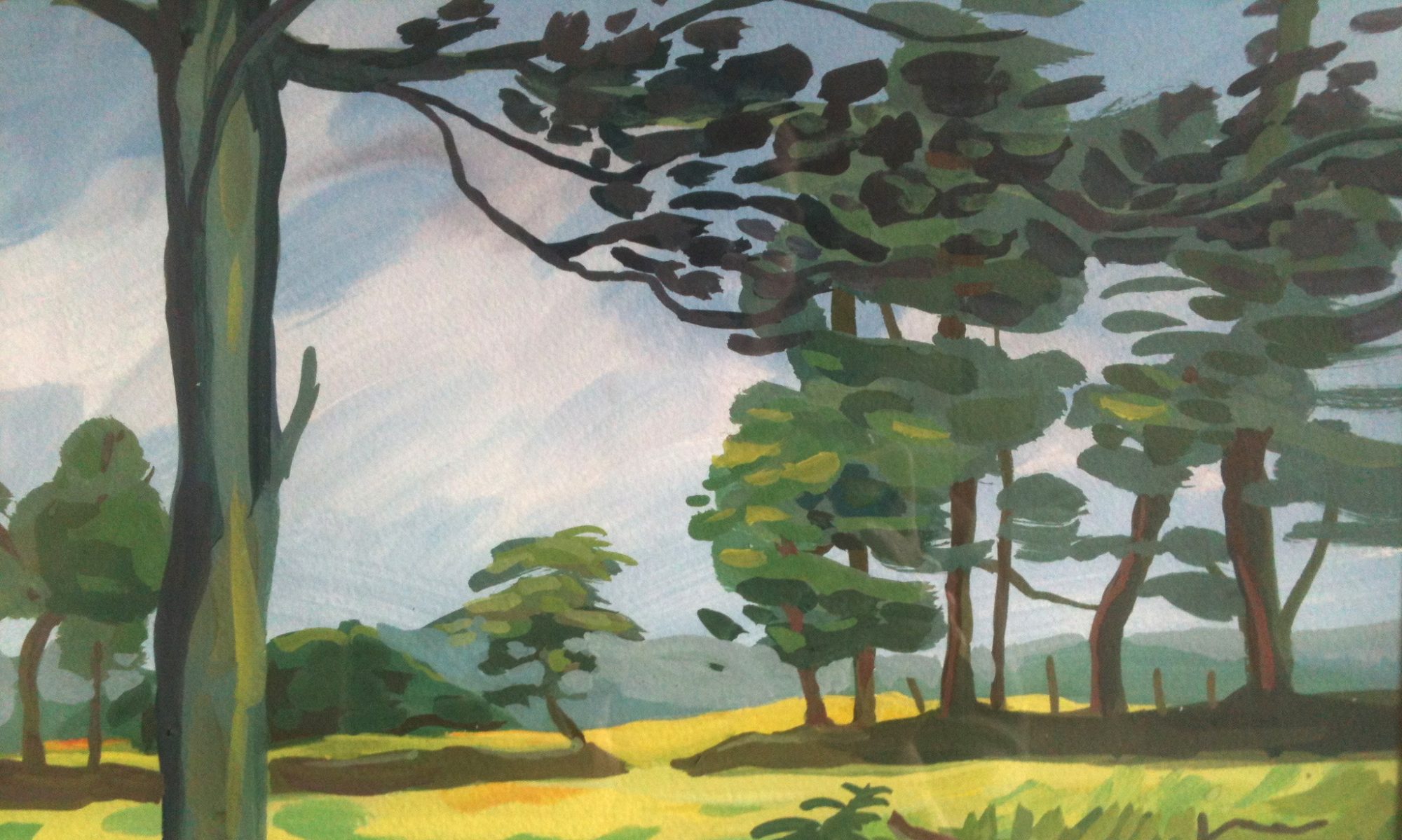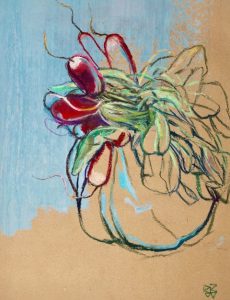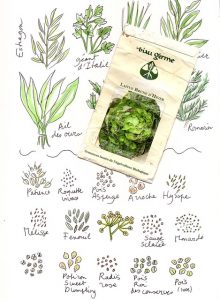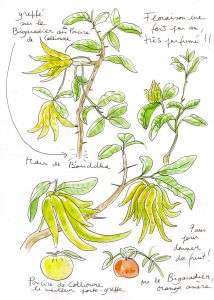When nice weather is back, one loves the round and pink (rose) faces of the radishes.
Because during this transitional period between vegetables for winter storage, and the first outdoor shoots, they are a delight just as spring itself.No needs to be patriotic to enjoy the freshness of our so called “national” radish, which is picked up early morning like aromatic herbs. Continue reading “New radishes to enjoy – “ la vie en rose “ !”




